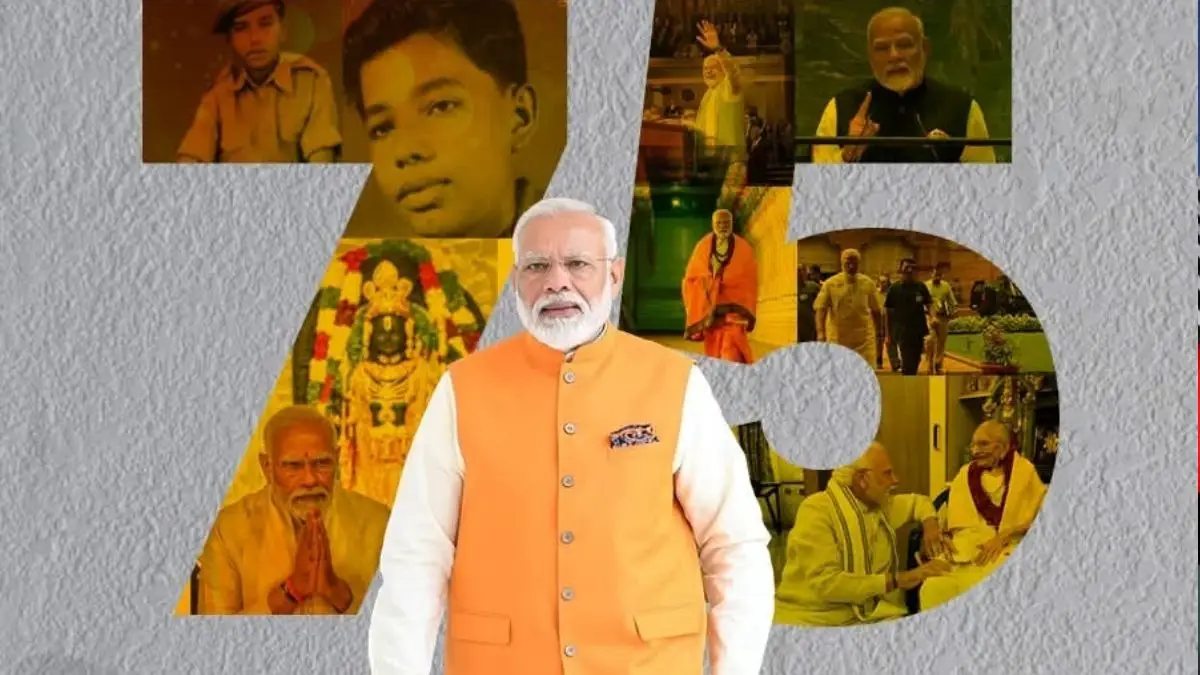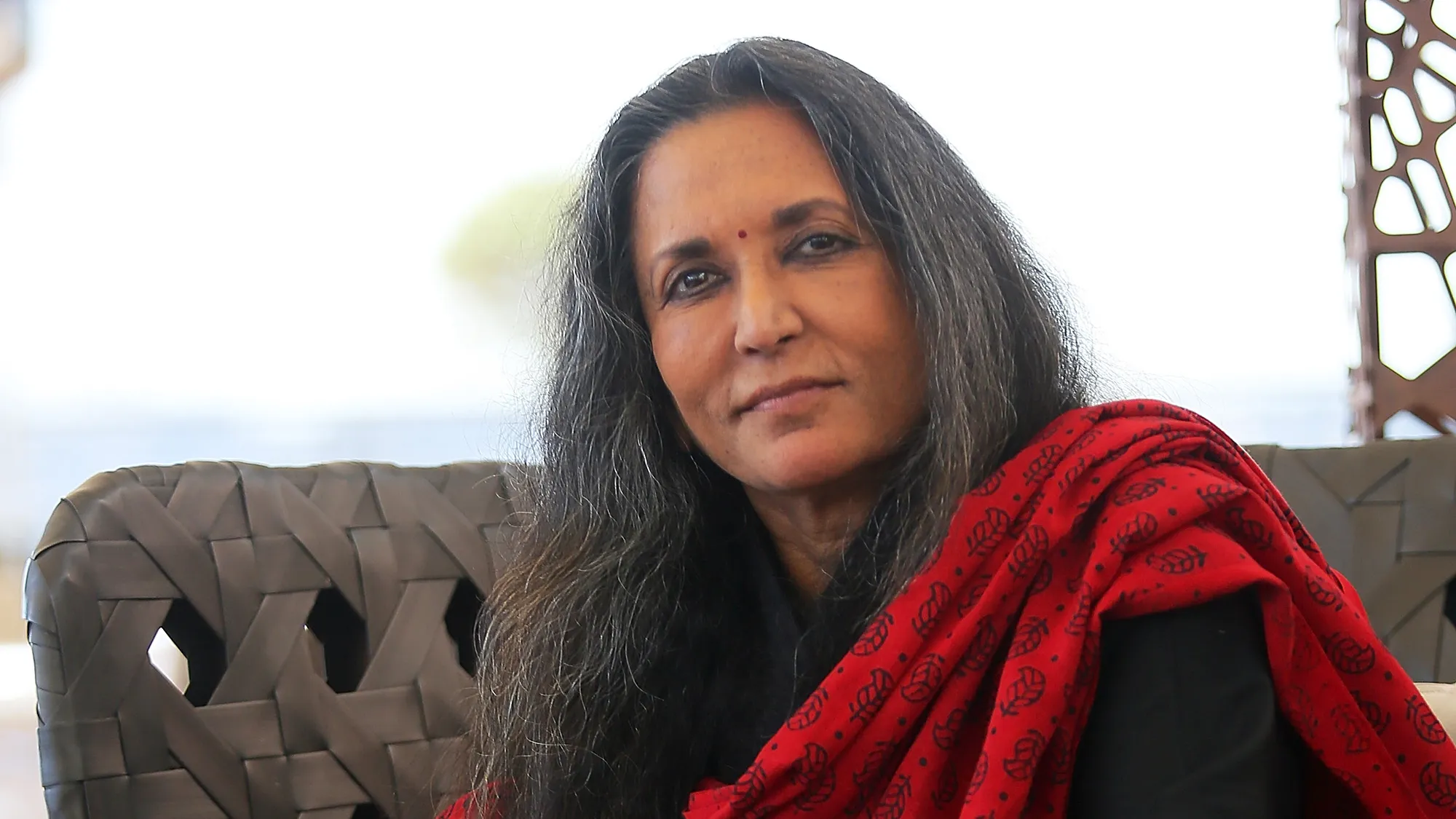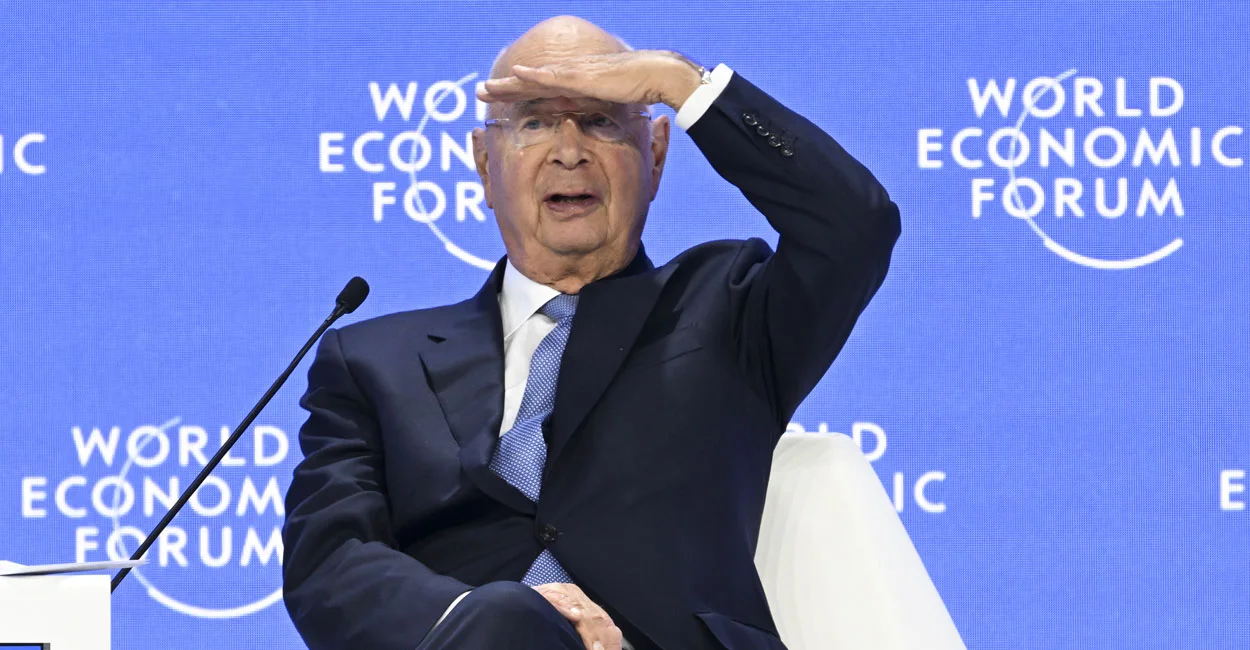By Nitin Waghela
Copyright republicworld

With Prime Minister Narendra Modi turning 75 on Wednesday, September 17, 2025 it has also marked a signifcant transition in the ever-evolving geo-political landscape, especially as the US-India enter into a fresh round of bilateral trade talks.Under the three-time elect PM’s leadership, India’s positioning in the present-day world order has grown from strength to strength, projected via 6.5 per cent annual on average gross domestic product, meanwhile nominal GDP rose from around Rs 106.57 lakh crore in 2014-15 to Rs 331.03 lakh crore in 2024-25.On the other hand a key PLI scheme that’s attracted enormous investments from several domestic and foreign players has bolstered growth in the domestic manufacturing of batteries, displays, camera modules, and printed circuit boards (PCBs).This PLI under Ministry of Electronics and Information Technology (MeitY) is in sync with the government’s vision of a self-reliant electronics supply chain setup in India.Under the Ministry of Electronics and Information Technology (MeitY) PLI schemes, as of June 2025, firms have invested a total of Rs 717.13 crore in the PLI 2.0 scheme for IT Hardware, Rs 12,390 crore in the PLI scheme for Large Scale Electronics Manufacturing (LSEM).The PLI Scheme for IT Hardware attracted a committed investment of Rs 2,517 crore and Rs 2,955 crore under PLI 1.0 and PLI 2.0, respectively.However, key industry players had proposed for a Rs 40,000 crore allocation to support a wider range of electronic components.Currently, the centre has earmarked an outlay of Rs 25,000 crore, while maintaining a stance to expand the scheme based on industry response.Notably, 99 per cent of phones sold in India are made in India as a direct result of such powerful policies like PLI, according to MeitY.By incentivising local production, the government aims to enhance value addition, create jobs, and position India as a global manufacturing hub for critical electronics components.



